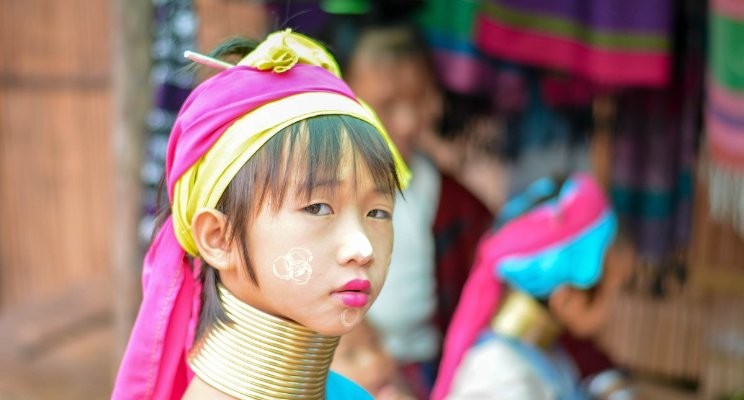
THE REALITY BEHIND THAILAND’S KAYAN LONG NECK HILL TRIBE
For the past few months I have been working on my travel website. I had never written any travel articles before so I was jumping in the deep end. Most of my articles, as you can see are about luxury travel, which is my passion. A month ago, I came across a travel website called Matador Network. A website that receives over 8 million unique monthly visitors, 1.2 million Facebook followers and over 200k Instagram followers.
I submitted a pitch for the first time to Matador, not really knowing what I was doing and never thinking that I would get anything published. A few days ago, my article was ACCEPTED and published. The article is very different compared to the normal subjects I write about, being that it’s a human rights piece. Yes it’s political, but I feel that after participating in this type of tourism, it is something that I should share.
Hopefully this is the first published article of many, so please comment, share and like it so other readers are able to know more about the plight of the Kayan refugees. Below is the article that was published, or you can read it, plus many more articles on the Matador Network here.
The reality behind Thailand’s Kayan Long Neck Hill Tribe will make you rethink your trip
IN THE HILLS of northern Thailand are the cities of Chiang Mai and Chiang Rai, famous for the Golden Triangle (where the borders of Thailand, Myanmar, and Laos meet) and the Kayan Long Neck Hill Tribe — a sub-group of the Red Karen people.
The Kayan people are originally from Myanmar. Due to political turmoil in the late 80s between the Karen National Liberation Army and the military dictatorship in Yangon, and the violence that ensued, many of the Kayan people escaped to Thailand and were set up in refugee camps.
The Kayan long neck hill tribe quickly became a “tourist attraction”, mostly because the girls and women (also known as “giraffe women”) traditionally wear brass coils around their neck. The girls start wearing these brass coils from the age of five, and more are added as they get older. The brass will push the collarbone down to compress the rib cage. This will give the impression that their neck is longer and stretched. There are several theories that attempt to explain where this tradition started; some accounts state that the brass rings were used to make the women look unattractive to the slave traders who were hunting them down, while others explain were that it was a sign of beauty and wealth.
Thanks to the tourist revenue they generate, the Thai authorities allowed Kayan villages in the provinces closer to Chiang Mai where tour companies could “promote their business.” Tourist flock here to see what they think is traditional living. The Kayan women only receive a small portion of the money generated by tourism; most of it goes to the tour operators.
On my tour of this village, it was clear to anyone who cared to look properly that the women in their traditional outfits were putting on a show for us. Visitors were taking pictures with these women like they would with a piece of art or just staring at them in astonishment. The whole visit was nothing more than an orchestrated exhibit of the supposed traditional lives of the Kayan people.
From a young age, Kayan girls are disadvantaged. They have little to no access to schools, roads, electricity, or any type of healthcare, and those with rings around their neck will never get to experience life outside of these makeshift villages. According to Abigail Haworth for Marie-Claire, “the long-neck women are Burmese refugees who are being prevented by Thai authorities from taking up asylum overseas. As a lucrative tourist attraction, the women are forced to live in a virtual human zoo.” The Thai government does not allow them outside for work or higher education.
If I had done the research before my trip to Thailand, I would never have gone to a Kayan village and indirectly participated in the exploitation and suffering of the Kayan women and girls. To know more about the plight of the Kayan refugees and how to help them, visit the United Nations Refugee Agency’s website.



Founder and President of Spiritual Adventure.net | Entrepreneur, writer, speaker and online teacher
6yCongratulations for a well written article! It's also a very compassionate one for those exploited ladies Although I lived many years in Chiang Mai, I never went to that 'zoo' There is such a rich temple culture in North Thailand that one can live many types of #SpiritualAdventure But unfortunately, modern traveling is often focused on external show where the BLIND exploits the blind 🌼 Thank you to expose the reality behind the show
Luxury Leisure & Corporate Travel Manager at Apex Travel
6yMatt Leedham